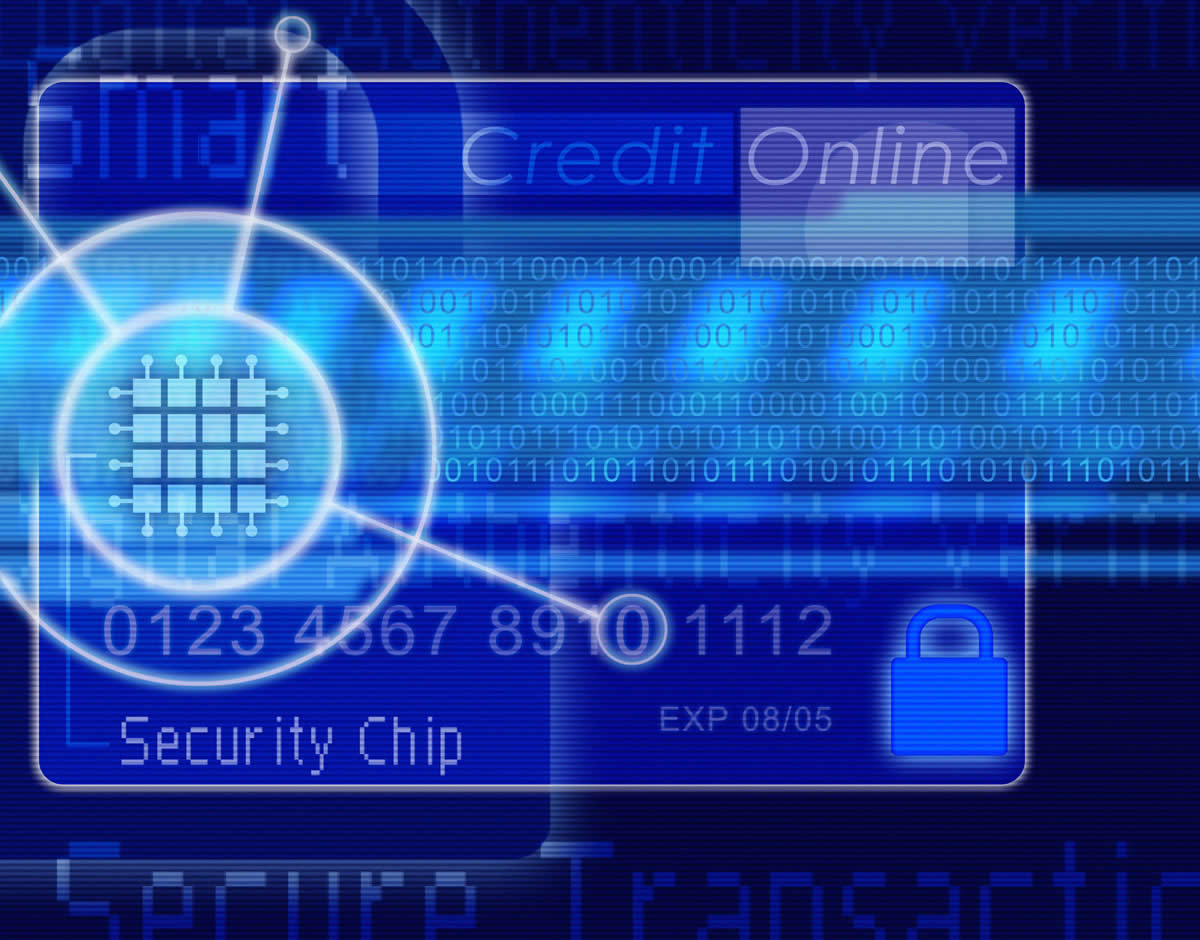In the ever-evolving landscape of finance and investments, digital assets have emerged as a significant player. As the world becomes increasingly digitized, it’s critical to comprehend the technology and distinctions between various digital assets before considering any investments. In this article, we will delve into the world of digital assets and explore ten essential terms you should familiarize yourself with to navigate this exciting realm confidently.
Bitcoin: The Pioneer of Digital Assets
At the forefront of the digital asset revolution stands Bitcoin. Conceived in 2008 as a decentralized peer-to-peer payment system, Bitcoin utilizes encryption and blockchain technology to facilitate secure transactions on a global distributed ledger. Despite its decentralized nature, Bitcoin is not backed by any government, central bank, or physical asset, making it a unique digital asset with unparalleled market share dominance.
Blockchain: The Backbone of Digital Assets
At the heart of every digital asset lies the blockchain—a revolutionary method of structuring and securing data. Blockchain organizes information into unchangeable blocks of transactions. If anyone attempts to alter a block, the entire chain is affected, triggering an alert across the network. Once recorded on the blockchain, transactions become immutable, ensuring transparency and trust in the system.
DeFi: Embracing Decentralized Finance
DeFi, short for decentralized finance, refers to an array of financial products and services supported by smart-contract technology. Designed to operate without intermediaries like banks, brokers, or clearinghouses, DeFi promises financial freedom. However, it’s crucial to acknowledge that decentralization levels can vary significantly among different DeFi applications, with some still relying on centralized control despite their claims.
Digital Wallets: Safeguarding Your Assets
Digital wallets play a pivotal role in managing digital assets securely. They store the private keys required to access and utilize digital assets, as well as the public keys that identify the owner on the blockchain. There are three main types of digital wallets:
- Custodial Wallets: These wallets are hosted and secured by third-party custodians, such as trading platforms. While convenient, custodial wallets expose users to potential risks as the private keys are held by the custodian.
- Noncustodial Wallets: Providing complete control and responsibility, noncustodial wallets allow digital asset owners to generate their private and public keys. They offer enhanced security, reducing the risk of hacking.
- Hardware Wallets: These specialized noncustodial devices ensure offline storage, making them highly secure against online threats.
Distributed Ledger: A Collective Record-Keeping System
Traditionally, ledgers are used to track financial transactions. In the digital realm, a distributed ledger takes center stage—a public database running on multiple computers worldwide. Unlike centralized systems, distributed ledgers are shared and synchronized among participants, ensuring enhanced security and eliminating single points of failure.
Mining: Unearthing Digital Assets
Analogous to traditional mining for precious metals, digital mining involves the process of validating transactions and adding blocks to the blockchain, for which miners are rewarded with newly minted digital assets and transaction fees. This process is essential to maintain the integrity and security of the blockchain.
Money Service Business (MSB): Complying with Regulations
In the United States, digital asset exchanges offering services to customers are required to register as Money Service Businesses (MSBs) with the Financial Crimes Enforcement Center (FinCEN) and several states. Though MSB registration doesn’t shield users from fraud or other risks, it does help ensure that the platform is legitimate and regulated.
NFTs: The Unique Digital Collectibles
Non-fungible tokens (NFTs) have taken the world by storm, representing one-of-a-kind digital assets recorded on the blockchain. NFTs are distinct from other tokens or cryptocurrencies as each NFT is entirely unique and cannot be exchanged on a one-for-one basis.
Smart Contracts: Enabling Automated Transactions
Smart contracts are computer programs stored and executed on the blockchain. These contracts can either embody the elements of a binding agreement or execute specific actions under predefined conditions. Smart contracts automate transactions, ensuring efficiency and transparency in various industries.
Stablecoins: Finding Stability in Digital Assets
Stablecoins are digital assets designed to maintain a stable value relative to national currencies, commodities like gold, or other reference assets. This stability makes them an attractive option for investors seeking a less volatile alternative in the digital asset space.
As digital assets continue to reshape the financial landscape, understanding the fundamental terms and technologies behind them is crucial for any potential investor. From Bitcoin’s pioneering role to the revolutionary potential of smart contracts, each aspect of digital assets plays a crucial role in their growth and adoption. By familiarizing yourself with these ten key terms, you can confidently navigate the exciting world of digital assets and make informed investment decisions. Remember to always conduct thorough research and seek professional advice when considering any investment in this dynamic and rapidly evolving field.

